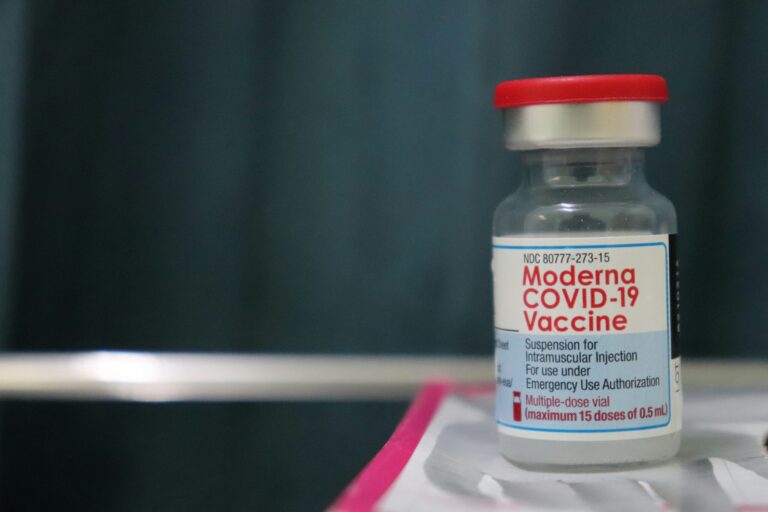On September 16, 2022, the San Francisco Department of Public Health (SFDPH) announced a significant expansion of its monkeypox vaccination campaign, distributing an additional 10,000 vaccine doses to bolster efforts against the ongoing outbreak. This move came as the city experienced a notable decline in cases, with only three new infections reported that week, down from dozens in August.
The newly allocated doses were strategically deployed to high-risk areas, including pop-up clinics at major LGBTQ+ events such as the Folsom Street Fair and Castro Street Fair. These events attract large gatherings, providing an opportunity to vaccinate individuals who may be at increased risk of exposure. The SFDPH emphasized that these efforts aimed to reach marginalized communities disproportionately affected by the virus, particularly Black, Indigenous, and Latinx populations.
California, as of September 30, 2022, reported a total of 5,010 confirmed and probable monkeypox cases, with 195 hospitalizations and one death. The state had received 165,371 vials of the Jynneos vaccine, with 65,582 doses delivered directly to Los Angeles County. San Francisco received 79,480 doses, though health officials had requested 35,000 to meet the city’s needs.
In response to the outbreak, California Governor Gavin Newsom declared a state of emergency on August 1, 2022, to expedite vaccine distribution and enhance outreach efforts. This declaration aimed to streamline coordination between state and local agencies and facilitate the procurement of additional resources.
Despite these efforts, challenges persisted. A letter dated September 23, 2022, from U.S. Representatives Nanette Barragán and Jimmy Gomez, along with other California lawmakers, urged the Centers for Medicare & Medicaid Services (CMS) to approve reimbursement for monkeypox vaccine administration at community clinics. The letter highlighted that, as of September 8, 2022, California had reported 4,140 cases,the highest total in the country,and nearly 60% of statewide cases were concentrated in Los Angeles and San Francisco.
While the expansion of vaccination sites and the allocation of additional doses represented significant progress, public health officials continued to stress the importance of vigilance. Dr. Grant Colfax, Director of the SFDPH, underscored that the situation remained fluid, and ongoing efforts were essential to prevent further spread. He noted that the city’s vaccination strategy aimed to reach individuals at highest risk, including those with multiple sexual partners and men who have sex with men.
As San Francisco navigated this public health challenge, the city’s response highlighted the critical role of targeted outreach, community engagement, and adaptive strategies in managing emerging infectious diseases. The collaboration between public health authorities, community organizations, and residents underscored a collective commitment to safeguarding public health.



